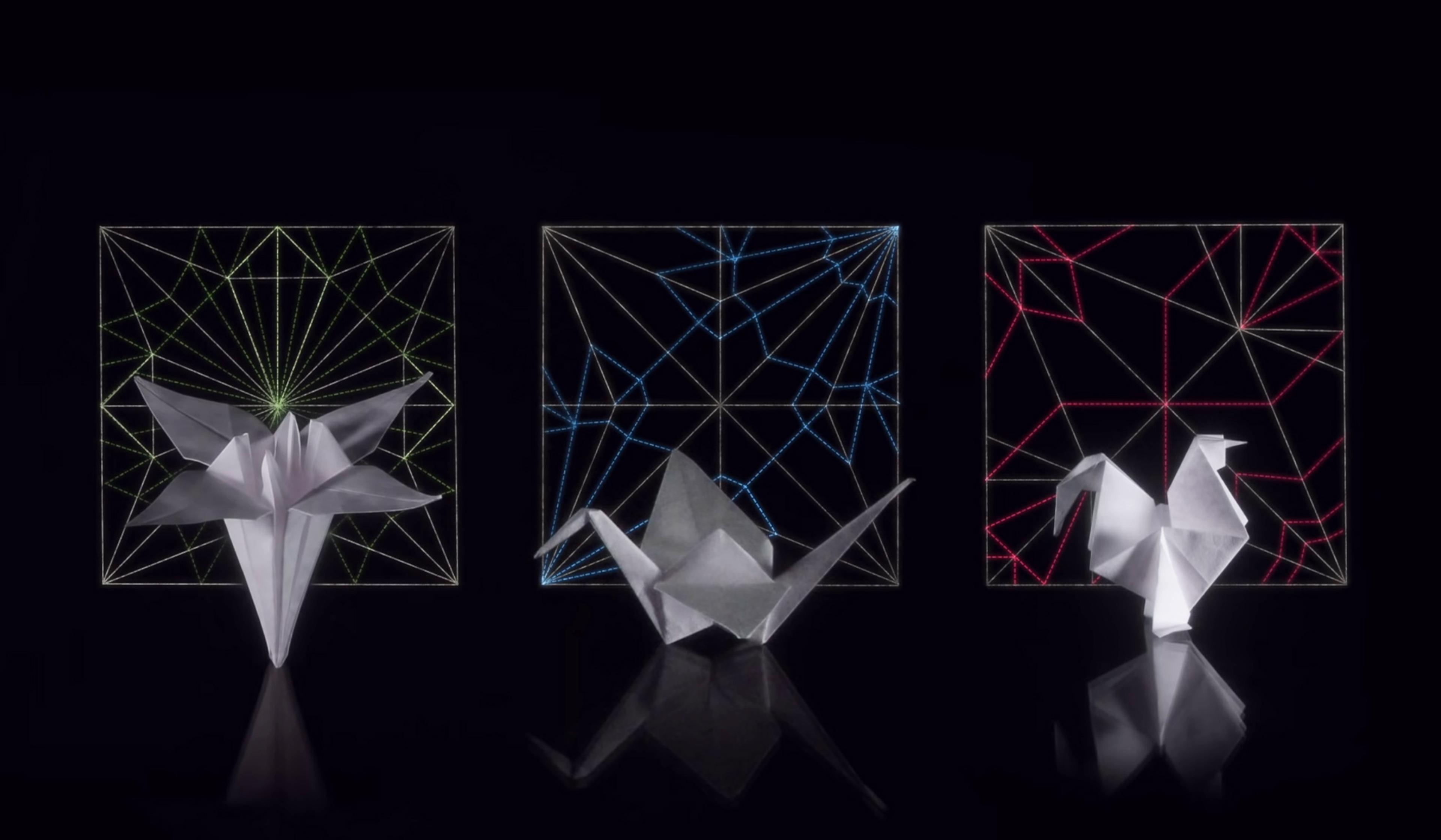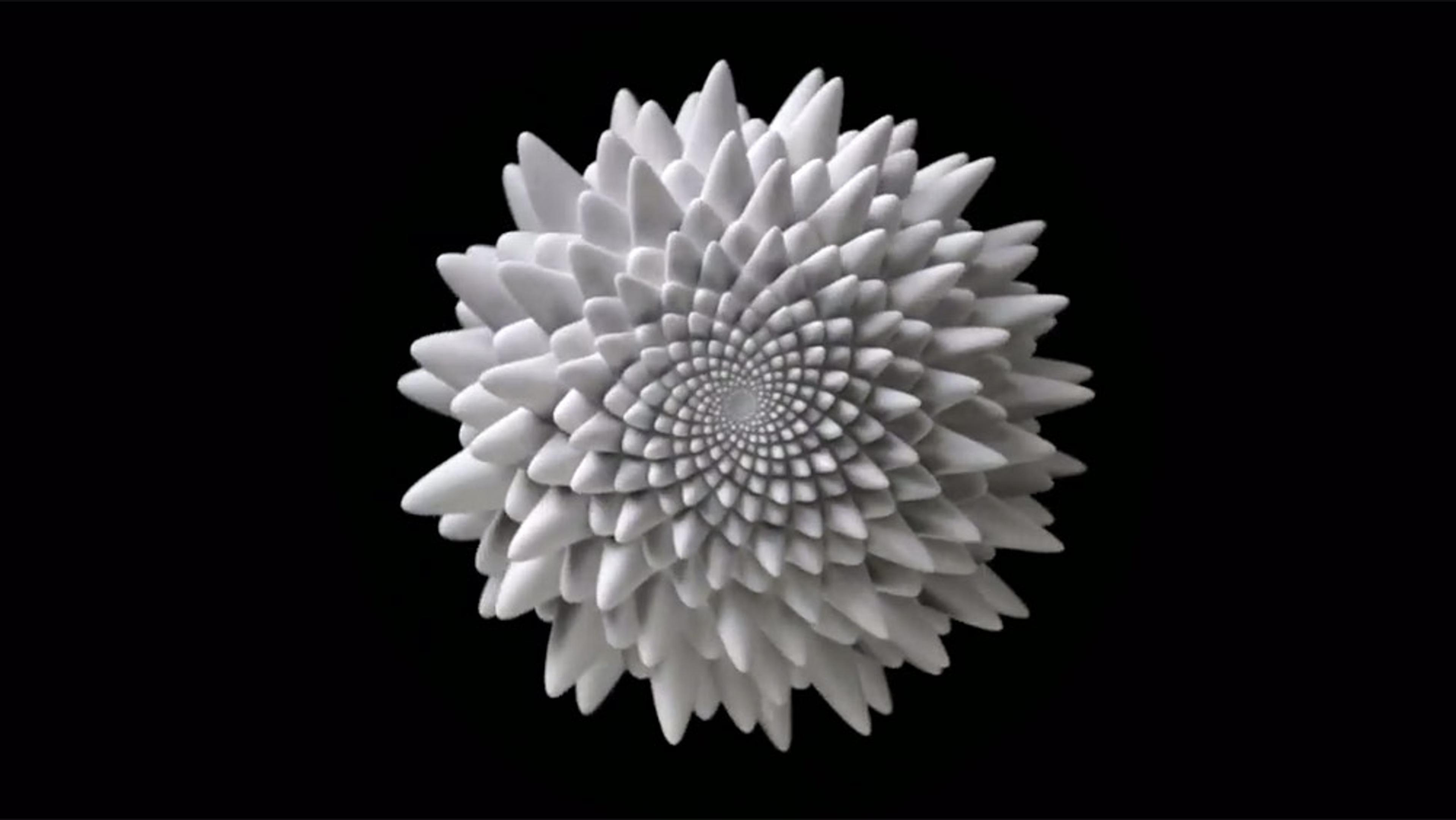In a study ‘motivated largely by fundamental curiosity’, a team of scientists in South Korea and Switzerland set out to see if they could design shapes to roll along any desired path on a flat surface. This entertaining video from Nature chronicles the team’s research, documenting how, using a combination of simple and sophisticated techniques – as well as a bit of tweaking once the 3D-printed objects got rolling – they were able to create shapes to travel along nearly any possible path. The result is a fascinating glimpse into what happens when the conditions of computation enter the real world, as well as how a bit of curiosity can have potentially significant consequences – in this case, in the realm of quantum and classical optics.
Is it possible to design a shape to roll along any fixed path?
Video by Nature
Producer: Shamini Bundell

videoPhysics
There’s a striking link between quantum and astronomic scales. What could it mean?
5 minutes

videoEngineering
Why are NASA engineers borrowing techniques from origami artists?
5 minutes

videoMathematics
Snowflake formulas, dice odds and other satisfying maths of the everyday
2 minutes

videoComputing and artificial intelligence
A future in which ‘artificial scientists’ make discoveries may not be far away
9 minutes

videoDesign and fashion
The weird wonders of combining 3D printing with the maths of pinecones and sunflowers
4 minutes

videoQuantum theory
‘Moving paintings’ evoke a quantum particle collision at the Large Hadron Collider
4 minutes

videoMathematics
Geometric animations form a hypnotic tapestry of minimalist design
2 minutes

videoMathematics
After centuries of trying, we’ve yet to arrive at a perfect way to map colour
20 minutes

videoComputing and artificial intelligence
Machine learning is important, but some AIs just want to have fun
57 minutes